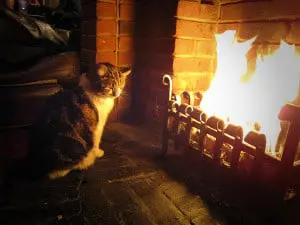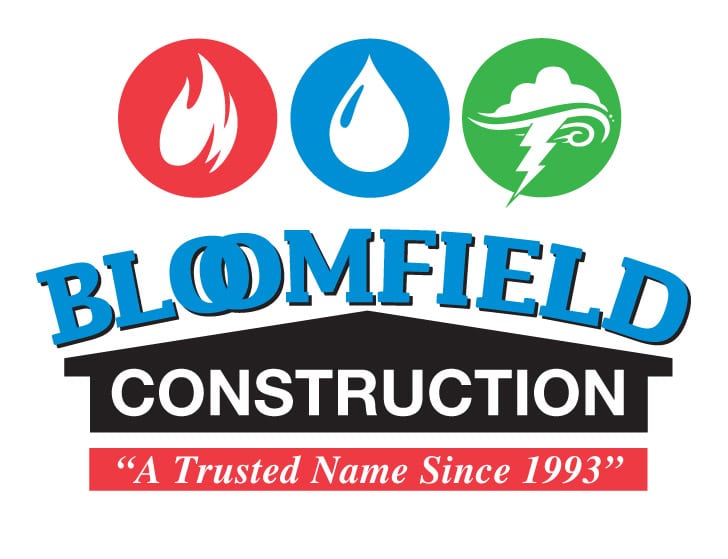 Are you ready to enjoy the coziness of your fireplace this winter? Of course you are – but is your chimney ready? Ensuring your chimney is ready for winter is crucial before setting the first fire of the season ablaze.
Are you ready to enjoy the coziness of your fireplace this winter? Of course you are – but is your chimney ready? Ensuring your chimney is ready for winter is crucial before setting the first fire of the season ablaze.
From 2009-2011, an average of 24,300 house fires were reported every year at the fault of fireplaces, chimneys and chimney connectors, according to the Chimney Safety Institute of America,
Seek professional chimney repair and cleaning
It’s recommended by the National Fire Protection Association to have your chimney swept at least once a year. Removing the soot and debris from the previous winter season is important not only to prolong the life of your chimney, but also to prevent chimney fires.
In addition to cleaning, multiple areas of the chimney should be professionally inspected, including the chimney liner, firebox, smoke chamber and damper. Identifiable problems include cracks, loose bricks or missing mortar. When required, chimney repair should be done right away. Even if you don’t use your fireplace often – or don’t even have one – the chimney is responsible for removing the toxins produced by your entire home heating system.
Pay attention to changes in your chimney
Even if you’re having the chimney professionally inspected, as the homeowner you are the best resource to note any changes. Strong odors or drafty areas are examples of important changes that should be mentioned to the professional inspector.
By regularly inspecting your chimney’s exterior condition, you could prevent the need for extensive chimney repair. Look for cracks that could allow leaks and potentially lead to water damage. Repair any minor issues if possible. If you’re unable to make the repairs yourself, or if the issues worsen, professional chimney repair should be utilized.
Burn the proper wood
Different types of wood produce varying levels of creosote – a highly flammable substance that can build up in your chimney. When building fires, use dense wood, such as oak, that has been properly split and stored in a dry area for a minimum of six months. Avoid burning green wood and softwood, such as pine, as they produce creosote more rapidly.
Also, be sure you’re building your fires properly. The wood should be placed near the back of the fireplace atop a metal rack. Avoid using lighter fluid to start indoor fires. Instead, use kindling to start it more naturally.
Close the damper when not in use
A damper is a device intended to close off your fireplace when it’s not in use. This prevents the indoor heat from escaping out of the chimney. Failing to close the chimney’s damper when your fireplace is not being used can waste hundreds of dollars from the heat escaping. Check out this video for instructions on closing your damper.
Remember to reopen the damper before you use your fireplace again. If you forget to open the damper before your fire is started, you may smell fumes or have an excessive amount of smoke flowing out. As the damper handle is made of metal, use pliers or an oven mitt to switch the handle to the open position. If your damper is open and you’re still experiencing those issues, it may be an indication that your chimney needs to be cleaned.
Check the chimney draft
Checking the chimney draft ensures the smoke is being directed up through the chimney. To check this, first make sure the damper is open. Light a few sheets of newspaper on fire inside the fireplace, and note where the smoke is going. If the smoke is rising up the chimney, then it’s working properly. If not, notify a professional as you may have a blockage or build-up to take care of inside the chimney.
Use a protective guard
Using a protective guard prevents flames and sparks from escaping the fireplace and potentially burning the interior of your home. These protective guard options include mesh metal screens or glass fireplace doors. Fireplace protection is particularly important when a fire is left unattended.
Winter is quickly approaching. If you suspect that you may be in need of chimney repairs, contact Bloomfield Construction to schedule your chimney inspection and ensure your chimney is safe for the season.





